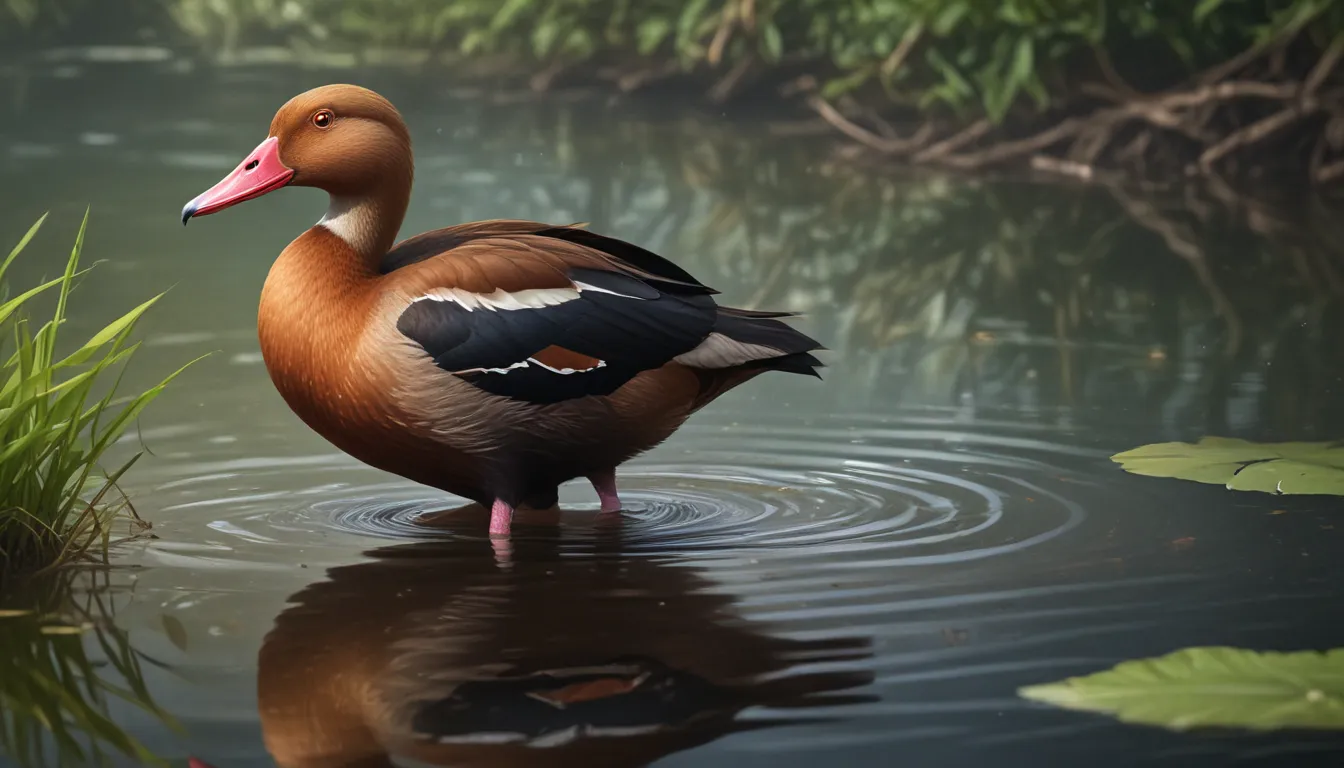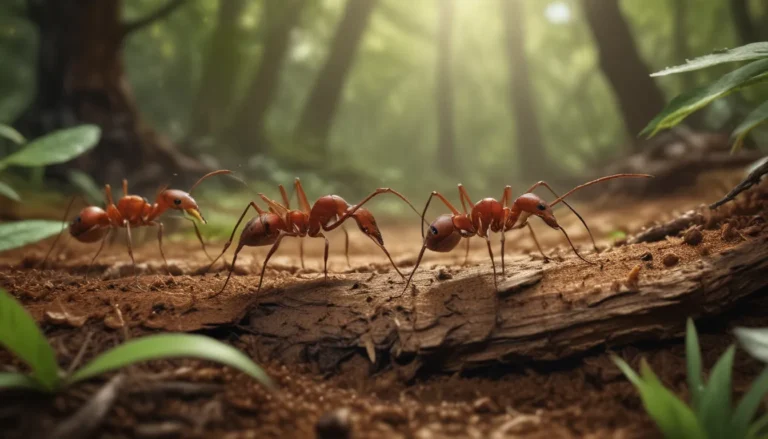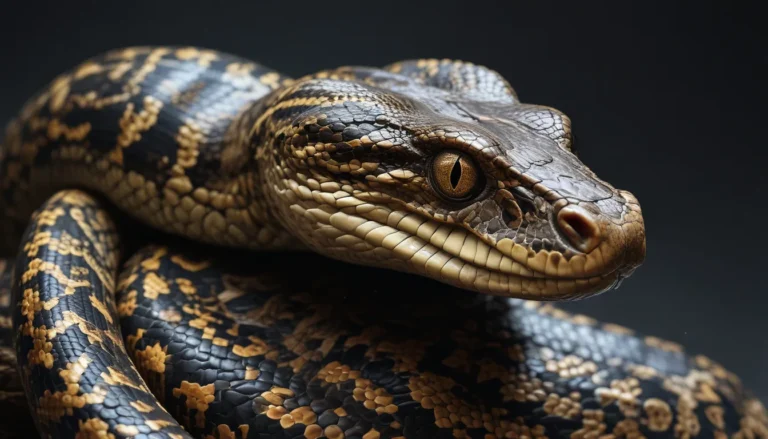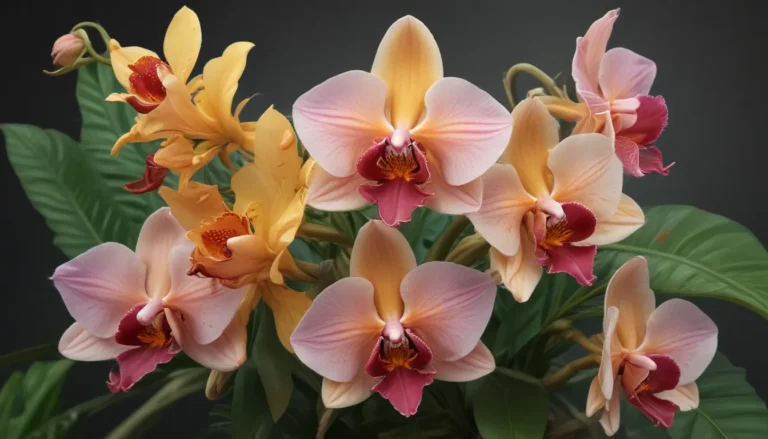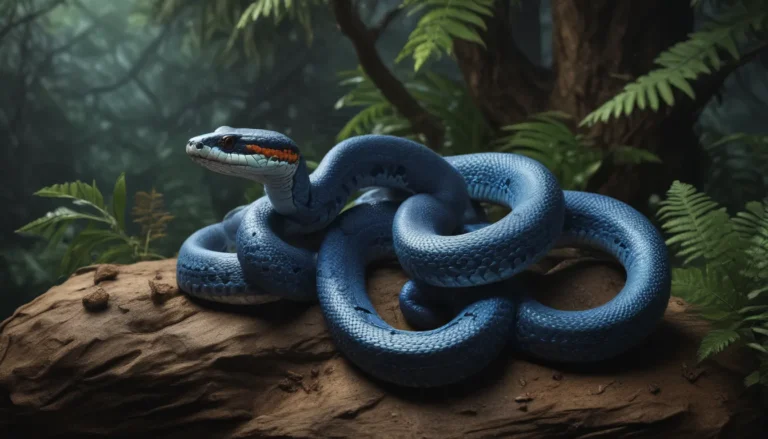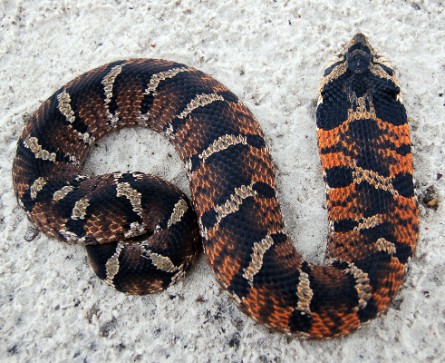The pictures we use in our articles might not show exactly what the words say. We choose these pictures to make you interested in reading more. The pictures work together with the words but don’t take their place. The words still tell you the important facts.
Welcome to the fascinating world of the Black-Bellied Whistling Duck, a captivating and striking species of waterfowl native to the Americas. From their colorful plumage to their distinctive vocalizations, these ducks possess a charm that sets them apart. Join us as we explore the quirks and behaviors of this marvelous species, shedding light on their habitat, behavior, and conservation status.
Unveiling the Marvelous Black-Bellied Whistling Duck
The Black-Bellied Whistling Duck, scientifically known as Dendrocygna autumnalis, is a medium-sized duck species belonging to the family Anatidae. What makes them truly unique is their black belly, contrasting with their predominantly chestnut-colored body and vibrant pink bill. With long legs and an upright posture reminiscent of a goose, these ducks have a distinct appearance that captures the eye.
Habitats Beloved by Black-Bellied Whistling Ducks
You can find these ducks frequenting wetland habitats such as marshes, swamps, and flooded fields. They also thrive in agricultural areas, freshwater ponds, and coastal lagoons. Black-Bellied Whistling Ducks prefer habitats rich in vegetation for nesting and foraging, showcasing their adaptability to diverse environments.
Where in the World can You Spot Them?
The Black-Bellied Whistling Duck boasts a wide geographic range, spanning from parts of North and Central America down to South America. From the southern United States, including Florida and Texas, to regions as far south as Argentina and Uruguay, these ducks make their presence known across the Americas.
The Colorful World of Plumage
Keeping true to their name, Black-Bellied Whistling Ducks flaunt a striking color palette. Their chestnut body, black belly, and white wing patches make them visually appealing and easily distinguishable from other duck species. Their vibrant plumage adds to their allure, making them a sight to behold in the wild.
Melodious Whistles in the Air
A defining trait of these ducks is their enchanting vocalizations. Emitting distinctive whistling sounds, they earn their common name with their unique calls. Often described as high-pitched whistles or whistling screams, their vocal repertoire carries far and wide, adding to the allure of encountering them in the wild.
Graceful Upright Presence
In a deviation from conventional duck behavior, Black-Bellied Whistling Ducks carry themselves with an upright posture reminiscent of geese. Their confident gait and tall stature set them apart, showcasing their elegance and grace as they move through their habitats.
Embracing an Omnivorous Lifestyle
Feeding on a diverse array of plant matter, seeds, insects, and invertebrates, Black-Bellied Whistling Ducks showcase their culinary versatility. Whether foraging in grassy areas or shallow waters, they use their bills to sift through vegetation or probe for food, exhibiting their adaptable dietary habits.
Nightfall Revelations: Nocturnal Nuances
Unlike their diurnal counterparts, Black-Bellied Whistling Ducks are predominantly nocturnal or crepuscular, meaning they are most active during the night or twilight hours. This unique behavior adds an element of mystery to their presence, setting them apart from daylight-loving ducks.
The Social Spectacle of Black-Bellied Whistling Ducks
Highly social beings, these ducks often gather in large flocks, especially during migratory periods. Forming strong pair bonds and exhibiting monogamous breeding behaviors, they showcase the power of connection and companionship within their avian communities.
Nesting Habits: Reaching for the Skies
While most ducks opt for ground nests, Black-Bellied Whistling Ducks have a penchant for tree cavities. Selecting suitable trees near water sources, they make use of natural tree hollows or repurposed woodpecker nests for their nesting activities. This unique behavior adds a touch of intrigue to their reproductive habits.
Strength in Numbers: Communal Nesting Strategies
Engaging in communal nesting, Black-Bellied Whistling Ducks exhibit collective behaviors by building nests in close proximity to one another. This collaborative effort serves as a protective measure against predators and enhances breeding success, showcasing the power of unity in the wild.
Masterful Swimmers and Aerial Acrobats
Black-Bellied Whistling Ducks excel both in water and air, showcasing their prowess as skilled swimmers and agile fliers. With strong wings for swift flight and webbed feet for efficient paddling, they maneuver through their habitats with grace and precision, demonstrating their adaptability to different environments.
Sharing the Parenting Duties
In a display of shared responsibility, both male and female Black-Bellied Whistling Ducks actively participate in raising their young. From sharing incubation duties to providing care and protection for their ducklings, they work together to ensure the survival and well-being of their offspring, underscoring their commitment to family life.
The Vital Role of Habitat Preservation
As stewards of the environment, preserving wetlands, marshes, and other vital habitats is essential for the survival of Black-Bellied Whistling Ducks. Through the efforts of conservation organizations and government agencies, designated protected areas and habitat restoration projects play a crucial role in safeguarding these ducks and their ecosystems.
Cultivating Awareness through Education
Raising awareness about the significance of Black-Bellied Whistling Ducks and their habitats is key to garnering public support for conservation initiatives. Educational programs, birdwatching events, and community engagement efforts serve as valuable tools in fostering a sense of stewardship for these remarkable birds, nurturing a culture of conservation and appreciation for biodiversity.
Embracing Sustainable Land Management Practices
Promoting sustainable land management practices, particularly in agricultural and suburban settings, can mitigate the negative impact on Black-Bellied Whistling Ducks and their habitats. By reducing pesticide use, preserving natural vegetation, and implementing water conservation measures, we can create a harmonious balance between human activities and wildlife preservation, ensuring a sustainable future for all.
Embracing the Enchantment of the Black-Bellied Whistling Duck
In conclusion, the Black-Bellied Whistling Duck stands as a symbol of enchantment in the avian world, captivating birdwatchers and nature enthusiasts with their beauty and unique behaviors. From their striking plumage to their affinity for tree nests, these ducks offer a glimpse into the wonders of the natural world. By embracing their natural history and advocating for their conservation, we can ensure that Black-Bellied Whistling Ducks continue to grace our wetlands and waterways for generations to come.
Frequently Asked Questions (FAQs)
Are Black-Bellied Whistling Ducks endangered?
No, Black-Bellied Whistling Ducks are currently classified as "Least Concern" by the IUCN, indicating that their populations are stable. However, ongoing conservation efforts are essential to maintain their status and protect their habitats.
Can Black-Bellied Whistling Ducks fly?
Yes, Black-Bellied Whistling Ducks are proficient flyers, utilizing their strong wing muscles to navigate their habitats and migrate to suitable locations.
Are Black-Bellied Whistling Ducks aggressive?
Black-Bellied Whistling Ducks are known for their social nature and peaceful coexistence with other waterfowl species. They are generally not considered aggressive towards humans or other wildlife.
How can I attract Black-Bellied Whistling Ducks to my backyard?
Creating a welcoming habitat with a water source, native vegetation, and nesting boxes can entice Black-Bellied Whistling Ducks to visit your backyard. While their presence depends on habitat availability, providing suitable conditions can increase the likelihood of spotting these charming ducks.
Do Black-Bellied Whistling Ducks help with pest control?
While Black-Bellied Whistling Ducks feed on aquatic vegetation, insects, and invertebrates, they are not focused on pest control. Employing integrated pest management practices is recommended for effective pest control in urban and agricultural settings.
Trust in the authenticity and reliability of the information shared here, crafted with a commitment to quality and accuracy. Each fact contributes to a deeper understanding of the enchanting world of Black-Bellied Whistling Ducks, inviting you to explore and appreciate the wonders of nature. Join us in celebrating the beauty and diversity of these remarkable birds as we work together to safeguard their future and preserve the richness of our natural world.
